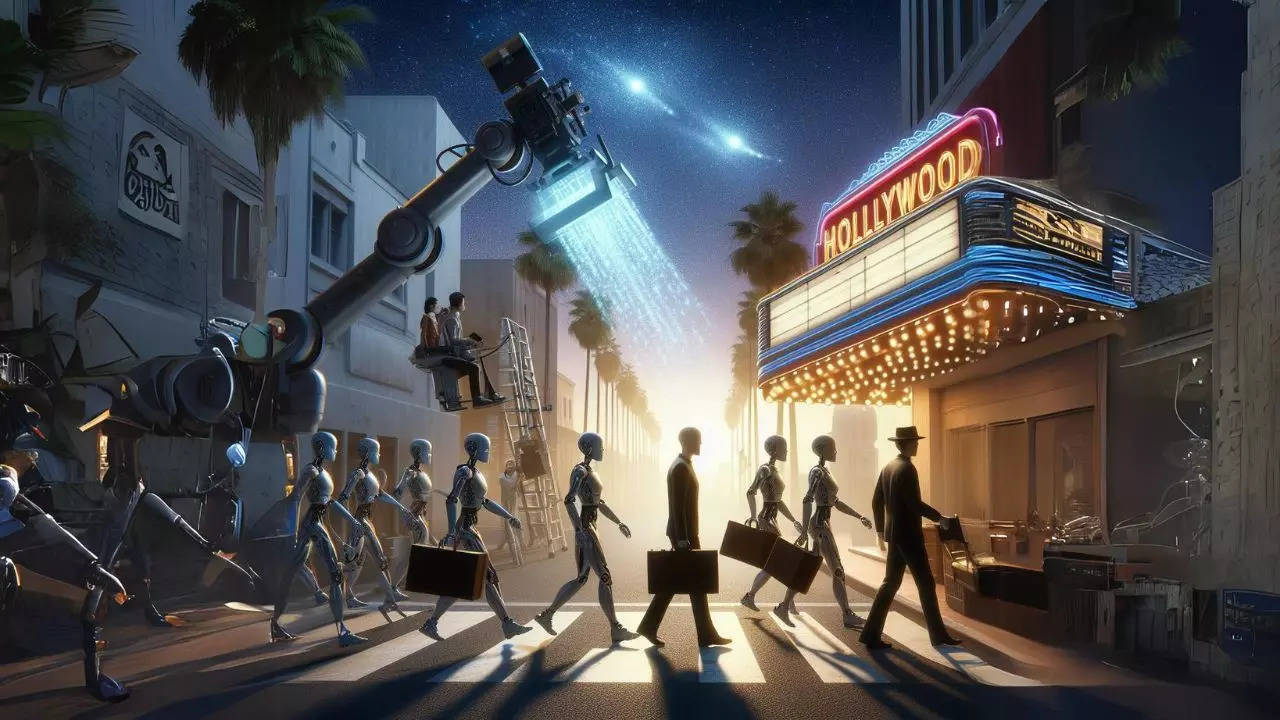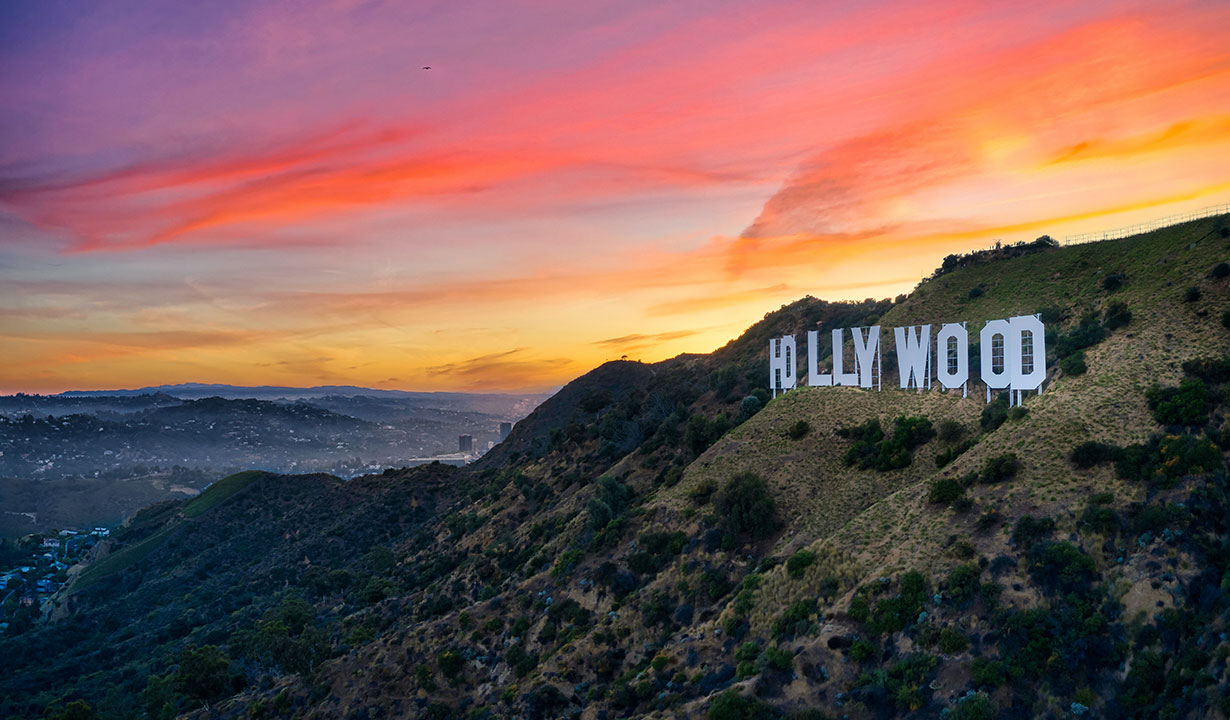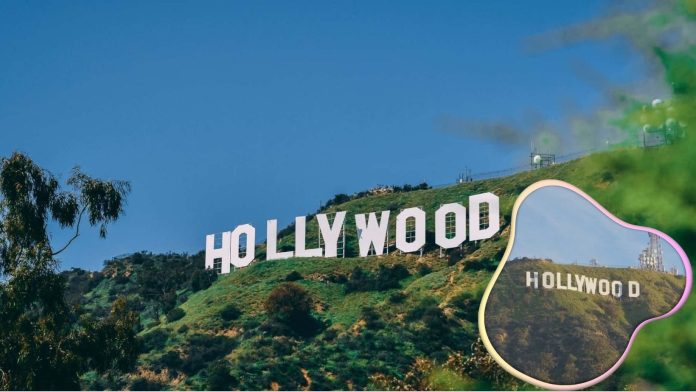- The streaming market has reached saturation, leading to decreased profitability compared to theatrical releases. This has impacted the hiring practices within the animation industry negatively.
- A common strategy among studios to reduce costs, leading to frequent layoffs. Studio executives benefit from these cost-saving measures through bonuses.
- Many studios are increasingly outsourcing their animated features, with notable examples including DreamWorks and Walt Disney Animation Studios. Only Pixar remains committed to producing all its animated features domestically.
Newsypeople- Over the last hundred years, the US animation industry has experienced tremendous growth and transformation from simple cartoons to a highly regarded art form spread across a wide spectrum of media and genres.
Walt Disney is one of the founders of the animation industry. The Walt Disney Studios were started by him back in 1923, having produced the classics like Snow White and the Seven Dwarfs, Fantasia, and Bambi. Disney also created such beloved characters as Mickey Mouse and Donald Duck, which became icons all over the world.

With technological advancement, the development of the animation industry was also formed. The 1970s and 80s saw the emergence of computer-generated imagery in the animation world to provide complex, more realistic animation. Pixar, founded in 1979, pioneered in CGI animation with thought-provoking films such as Toy Story, Finding Nemo, and The Incredibles.
US Animation Industry Faces Crisis Amid Hollywood Turmoil
Currently, the US animation industry is going through a crisis amidst the wider unrest in Hollywood, characterized by several interlinked problems that pose threats to its stability and future prospects. It is complex: an interlaced play of economic shifts, technological advancement, and labor disputes come together to create the precarious situation this industry finds itself in.
One of the prime instigators of the crisis is the bursting of the streaming bubble. The assumption that viewers would pay for multiple services has not panned out as expected, and spending for these platforms is going down. This has directly affected the animation industry: the overspending that happened during the pandemic, fueled by promises of streaming revenue, has resulted in job losses and financial instability for many animation professionals today. The economics of streaming are less lucrative than the theatrical releases, which indicates a critical mismatch between the financial model and market realities faced by the industry.
Outsourcing and layoffs are another crisis the animation industry is fighting. Huge studios like DreamWorks and Walt Disney Animation Studios have outsourced much of their animated feature production, causing a decrease in the number of jobs that exist in-studio. Simultaneously, layoffs have become a trend for studios in an attempt to save money, thus increasing the job insecurity that already exists. These changes greatly impacted the workforce, causing fear among animation professionals for their livelihoods.
The U.S. animation industry might look bleak right now – but it could still get a lot worse: An industry worker explains why the U.S. animation industry is collapsing. https://t.co/Hzjh5E8UGz
— cartoonbrew.com – Animation News (@cartoonbrew) May 15, 2024
The biggest challenge would come in the form of technological advancements, especially generative AI. AI-assisted production could potentially disrupt tens of thousands of U.S. animation jobs. The most vulnerable are the lower-level production workers, while top-tier creative work might be relatively safe from automation. Nevertheless, the broader implications of AI technology on the industry are far-reaching and uncertain.
In addition, the greater Hollywood ecosystem is changing deeply, with consolidation and economic downturn in the industry. High-interest rates and industry consolidation have yielded a leaner, more competitive Hollywood landscape. The writers’ and actors’ strikes have also taken their toll on the industry, as studios have used the opportunity to renegotiate contracts and cut costs. This environment of increased competition and decreased resources places additional burdens on the animation sector, which is entirely dependent on the broader Hollywood economy.
Yet in the face of all these challenges, there also exist elements of resilience and growth potential that characterize the animation industry. The emergence of independent studios and the continued demand for animation content from all over the world are proof that innovative capabilities and adaptability exist. Even more, the Animation Guild’s next contract negotiations have begun—an important process through which animation professionals can ensure their rights and protection in the industry.
US Animation Industry History Explored
The history of the US animation industry is a fascinating journey that spans over a century, marked by innovation, creativity, and technological advancements. It begins with the earliest experiments in moving images, evolves through the golden ages of cinema and television, and continues into the modern era where animation has become a dominant force in storytelling across various platforms.
Early Beginnings (1900-1921)
The origins of American animation trace back to the early 20th century, with pioneers like J. Stuart Blackton experimenting with animated drawings in 1906. These early experiments laid the groundwork for what would become a vibrant industry. Winsor McCay, another key figure, pushed the boundaries further by creating intricate animations using thousands of individual drawings.
The period following World War I saw significant advancements in animation technology, leading to the commercial viability of animated cartoons. This era was characterized by a blend of artistic expression and industrial efficiency, resulting in a unique style of animation that reflected the social and cultural milieu of the time.

Television Era (Late 1950s – Mid-1980s)
The television era marked a shift in the animation landscape, with the decline of theatrical animated shorts and the rise of television animation. This period, often referred to as the dark age of American animation, was defined by lower production values, limited animation techniques, and a focus on children’s content.
Despite the criticism, this era produced iconic characters and franchises that have left a lasting impact, such as Hanna-Barbera’s Scooby-Doo and Warner Bros.’ Looney Tunes. The television era also witnessed the emergence of countercultural animated projects that challenged the status quo, offering more mature themes and narratives.
Renaissance and Modern Era
The late 1980s signaled a renaissance in American animation, driven by a new generation of creators and technologies. This era brought about a resurgence in high-quality animated content, with shows like The Simpsons, Tiny Toons, and Batman: The Animated Series becoming cultural phenomena. Concurrently, the Disney Renaissance revitalized the studio’s animated film division, producing critically acclaimed and commercially successful films.
The modern era has seen animation evolve beyond traditional formats, incorporating computer-generated imagery (CGI) and exploring new storytelling possibilities. Today, animation is a global industry, with American studios continuing to innovate and influence the art form worldwide.

Independent and Experimental Animation
Throughout its history, the US animation industry has also nurtured independent and experimental animation. This niche has allowed artists to explore unconventional themes and techniques, pushing the boundaries of what animation can express. From the silent era to the present day, independent animators have contributed to the richness and diversity of the medium, ensuring that animation remains a dynamic and evolving art form.
In conclusion, the US animation industry’s history is a testament to human creativity and ingenuity. From its humble beginnings to its current position as a global leader in animation, the industry has continuously adapted and innovated, reflecting the changing tastes and technologies of each era. Whether through the whimsical worlds of classic cartoons, the bold narratives of contemporary animated series, or the groundbreaking visuals of CGI blockbusters, American animation continues to captivate audiences and inspire future generations of storytellers.



